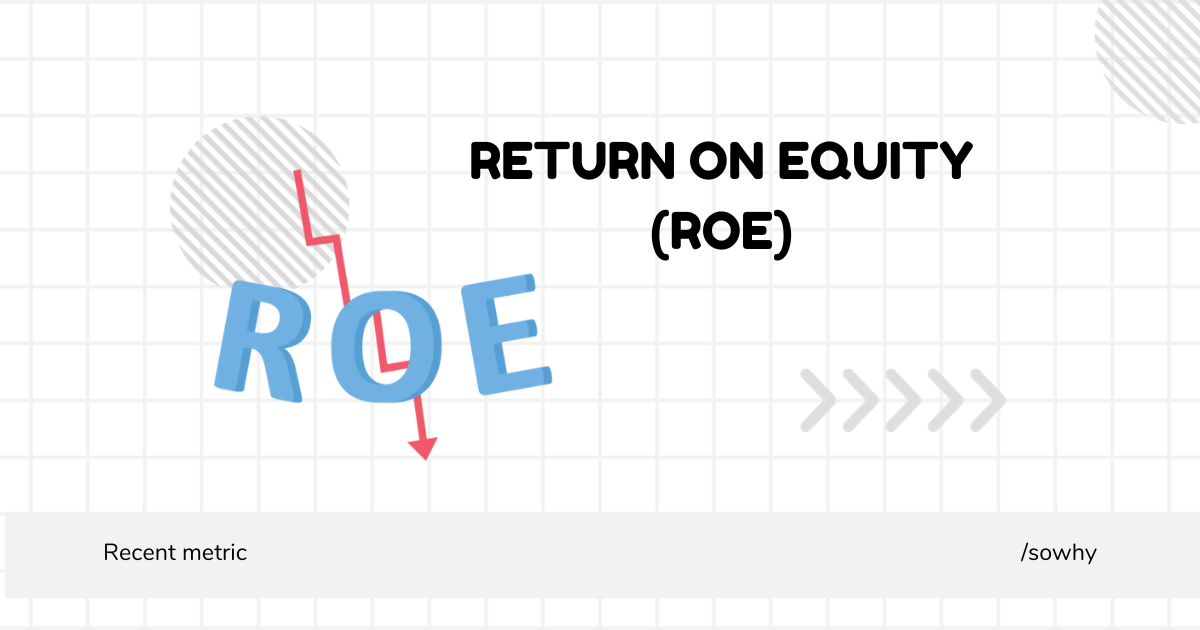Return on Equity (ROE)
 VinayC
VinayC
Hey financial enthusiasts! 🌟 Today, let's unravel the magic behind "Return on Equity" (ROE) – the financial wizardry that shows us just how much sparkle a company adds to the money invested by its shareholders.
Formula: $$ {ROE} = \frac{\text{Net Income}}{\text{Average Equity}} $$
Imagine it as the company's way of saying, "Hey shareholders, look at the fantastic returns we're cooking up for you!"
Scenario: Picture this at "InnovateSpark Tech." Their net income is $2 million, and the average equity over the year is $10 million.
$$ {ROE} = \frac{2,000,000}{10,000,000} = 0.2 $$
So, InnovateSpark Tech is rocking an ROE of 20%, telling shareholders that for every dollar invested, they're pocketing 20 cents in profit.
Parameters:
- Net Income: The grand reward for a company's hard work and smart moves.
- Average Equity: The financial foundation laid down by shareholders.
Things to Remember:
- Profitable Affair: ROE measures how efficiently a company turns shareholder investments into profits.
- Consistency is Key: Regularly check ROE for a reliable gauge of a company's financial performance.
- Comparative Analysis: Compare within the industry to see if your company is the financial superstar on the block.
Best and Worst Values:
- Best Value: Higher ROE generally indicates a company efficiently utilizing shareholder funds.
- Worst Value: A declining or negative ROE may signal financial trouble or inefficiency.
Fun Fact: The concept of ROE has been dazzling financial minds since the early 20th century, bringing a spotlight to the importance of shareholder returns.
Subscribe to my newsletter
Read articles from VinayC directly inside your inbox. Subscribe to the newsletter, and don't miss out.
Written by
